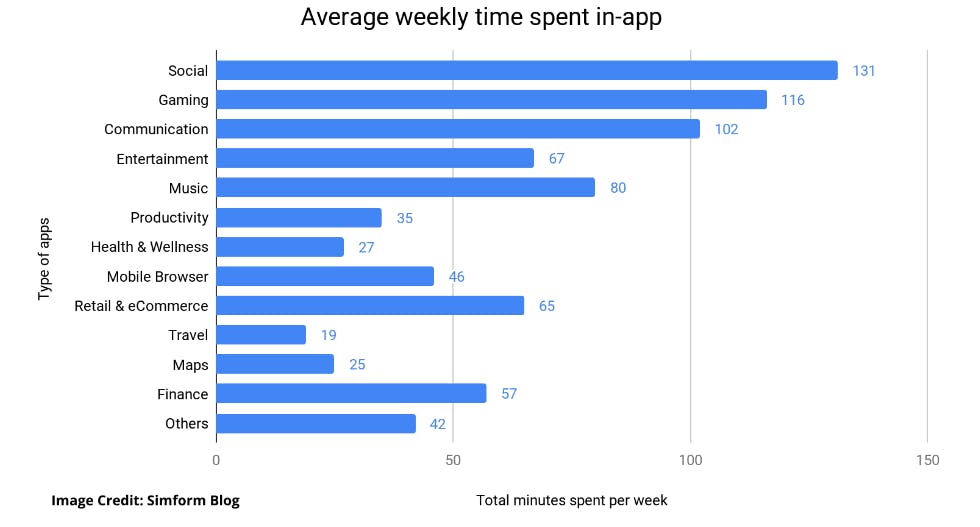Testing ensures that the software meets the needs of its users. Numerous solutions for backend and frontend testing are available to test software and to assess its functionality, reliability, and efficiency.
Testing is essential to the achievement of just about any software system. Many could even claim that software is only as strong as the testing team that is backing it and their ability to spot key flaws before the software reaches operation.

A quality analyst's job necessitates a distinctive set of skills and knowledge that are not always readily apparent to others; these are skills that are hard to come by; one must gain knowledge of the product and testing methods, manage various personalities in everyday life, and collaborate with the development, business analysis, and project management teams to ensure the achievement of project objectives and many more. Therefore, in order to achieve efficient test results, one should understand and be aware of how to manage a testing team to avoid clumsy testing practices, hence, increasing productivity.
Here, you'll discover what testing entails, and what are the things that every CEO must know about testing.
(1) Transparency of roles, and responsibilities within the team
It is necessary to ensure that every team member is made aware of and understands their onus within the team. Team members should be aligned with the vision and mission of the team, project, and the company. This results in higher levels of dedication leading to better efficiency. An issue tracking system enables faster output from a team and also higher productivity. People in charge of quality analysis always prioritize excellence in standards for the products that are released in the market and thus accountability plays an important role here. People tend to work harder if they know they are in charge of a certain field, and it will be even better if they can retain the onus during service release because they will feel more accountable, which will lead to higher organizational outcomes.
(2) Why keeping everything organized is always a good option
A successful software development project necessitates the participation of subject matter experts who study and comprehend the software's special requirements. A good understanding of the software/app’s consumer base is key here. Everything has to be structured in order to save this information for later use in the development and testing phases.
A testing plan for the project needs to be fabricated by gathering all of the project's database objects in one destination. Also, ensure that all developers and testers have access to that encrypted information so that it may be updated and changed at any time during the development cycle.
(3) How planning software test cycles ahead of time helps
Quality testing, as well as the processes that go with them, should be scheduled ahead of schedule. Term definitions and objectives can thus be established along with a robust recording method. Proper communication among software test teams is lubricated by detailed records. It establishes a knowledge base about best practices of software testing that has been embraced. As a result, whenever new individuals join the team or the existing candidates leave, there is still sufficient documentation to demonstrate these best practices.
A product testing strategy is essential in order to strategize and plan ahead. Having a systematic approach, designing a test strategy, creating test plans, and creating test cases are all means that can enable a stable quality management plan.
(4) What is Automated Testing?
Test automation, often known as automation testing, uses open source or paid automated testing technologies to test applications rapidly and efficiently,24 hours a day, seven days a week. Automated software testing can show the details of memory, datasets, and files, allowing you to see if the program is working correctly while also constantly monitoring user data across various KPIs.
It's beneficial since it automates numerous manual testing processes enhancing overall accuracy with next to no human involvement in the detection of faults itself. A flawless digital user experience is assured through efficient automated testing executed on real devices and real networks rather than simulators or emulators.
(5) How to select the most relevant quality assurance toolkit
It's crucial for testers to choose the correct testing tools for the job focused on the testing needs and objectives. Jenkins, Selenium, Jira, GitHub, New Relic, and others are some of the most extensively used DevOps tools.
Planning the complete procedure for quality assurance automated testing, selecting the correct tools, integrating quality assurance with other activities, building a strong testing working atmosphere, and continuously testing are some of the best quality assurance improvement ideas.
(6) Significance of constant upgrades & modifications
The software sector is booming to unprecedented levels, and the demand for high-end software applications is rising by the day. One must be able to meet the company's real-time necessities. Business or e-commerce technology must be easily accessible on all device/OS combinations.
To achieve optimal functioning of any mobile app it is absolutely essential to employ new tools and adapt to modern testing procedures. Older techniques that tend to be dated with time, don’t produce effective results with insights leading to proactive resolution of issues. Internal organizational meetings and conferences can enable the exchange of information amongst the rich community of developers, testers, and QA engineers for a more collaborative working technique.
Conclusion:
These would be the top six things that every CEO must know about testing in order to ensure effective test findings that will help one to deliver an optimal and error-free application to the client or customer. Testing is a well-organized task that necessitates a thorough understanding. Spotting and correcting problems get extremely difficult without the proper information. One must prepare clear bug reports and test cases in order to offer the finest quality assurance testing results. Communicating with your teammates and incorporating their suggestions for carrying out a project will always create a win-win situation. Always try to maintain clarity in your plans and ensure a steady demeanor towards your approach.
Also, to retain a place in this dynamic tech environment one must always look forward to all the available options and new technologies.
FAQs
1. What are the different quality assurance views in the software testing realm?
- Transcendental view — It is a notion that we can recognize quality but can not measure it
- User view — How end-users perceive and experience the software quality
- Manufacturing view — whether the product is developed right the first time without flaws during the end-to-end SDLC process
- Product view — how well the internal and inherent characteristics conform to the defined needs
- Value-based view — how well the product meets the requirements of different stakeholders and entities associated with the product.
2. What are a few best practices for achieving a better collaboration among testers and developers?
Effective collaboration between your testers and developers is the key to success for the software delivery workflow and business.
A few strategies to achieve this are:
- Beginning the testing from an early stage — Shift-Left
- Staying updated with each other's tasks and activities
- QAOps — Essential for continuous testing
- Participation of testing team in code reviewing
- Accelerating test cycles with the Selenium test automation
3. What is test cycle closure in STLC and some of its deliverables?
Test Cycle Closure phase refers to the completion of test execution that involves multiple activities like test completion reporting, collection of test completion matrices, and test results. The testing team members meet, discuss, and analyze testing artifacts to identify strategies that have to be deployed in the future, learning lessons from the test cycle.
One of the main aims is to eliminate process bottlenecks for future test cycles.
Deliverables:
- Test closure report
- Test metrics
4. Does shift left testing help in business growth?
The shift left testing approach intends to identify and prevent defects early in the software delivery process. The aim is to improve quality by moving the tasks to earlier stages in the lifecycle as possible. This approach emphasizes the need for developers to focus on quality in the early stages to detect bugs and errors before they impact customers. Shift left test offers the following benefits:
- Helps reduce the cost of fixing errors later
- Enhances customer experience by minimizing errors
- Provides scope for implementation of test automation
- Ensure better test coverage
- Allows to provide feedback
- Reviewing changes and progress
The summation of the benefits drives businesses to deliver optimal performance and functioning of the apps and achieve their goals better.
